The Architecture
The skyline of Nur-Sultan’s ultra-modern Left Bank reflects the ambition behind the rapid development of this city, with futuristic skyscrapers that are a photographer’s dream.
The orb-topped observation tower and monument, Bayterek Tower, is considered an emblem of the city, with a design representing a folktale about a mythical tree of life and bird of happiness. The observation platform is 97 metres above the ground to mark the year this city became the capital.
The acclaimed British architect Norman Foster was then brought on board to design the city’s 2006-opened Palace of Peace and Consent—a glass pyramid housing a library and opera house—as well as the tent-like Khan Shatyr structure, which was unveiled the same year. Built in the neo-futurist style, Khan Shatyr is now an entertainment centre.
More modern landmarks covering a gamut of architectural styles include the Triumphal Arch “Mangilik El, which symbolises the history and achievements of the Kazakh people; the largest mosque in Central Asia, Hazrat Sultan; and the blue-domed Akorda Presidential Palace. You can ride Kazakhstan’s largest ferris wheel at Ailand, cross the sculptural Atyrau pedestrian bridge and step inside the spherical Nur Alem Pavilion, which since being built for the EXPO-2017 has been used for one of the city’s biggest attractions, the Future Energy Museum



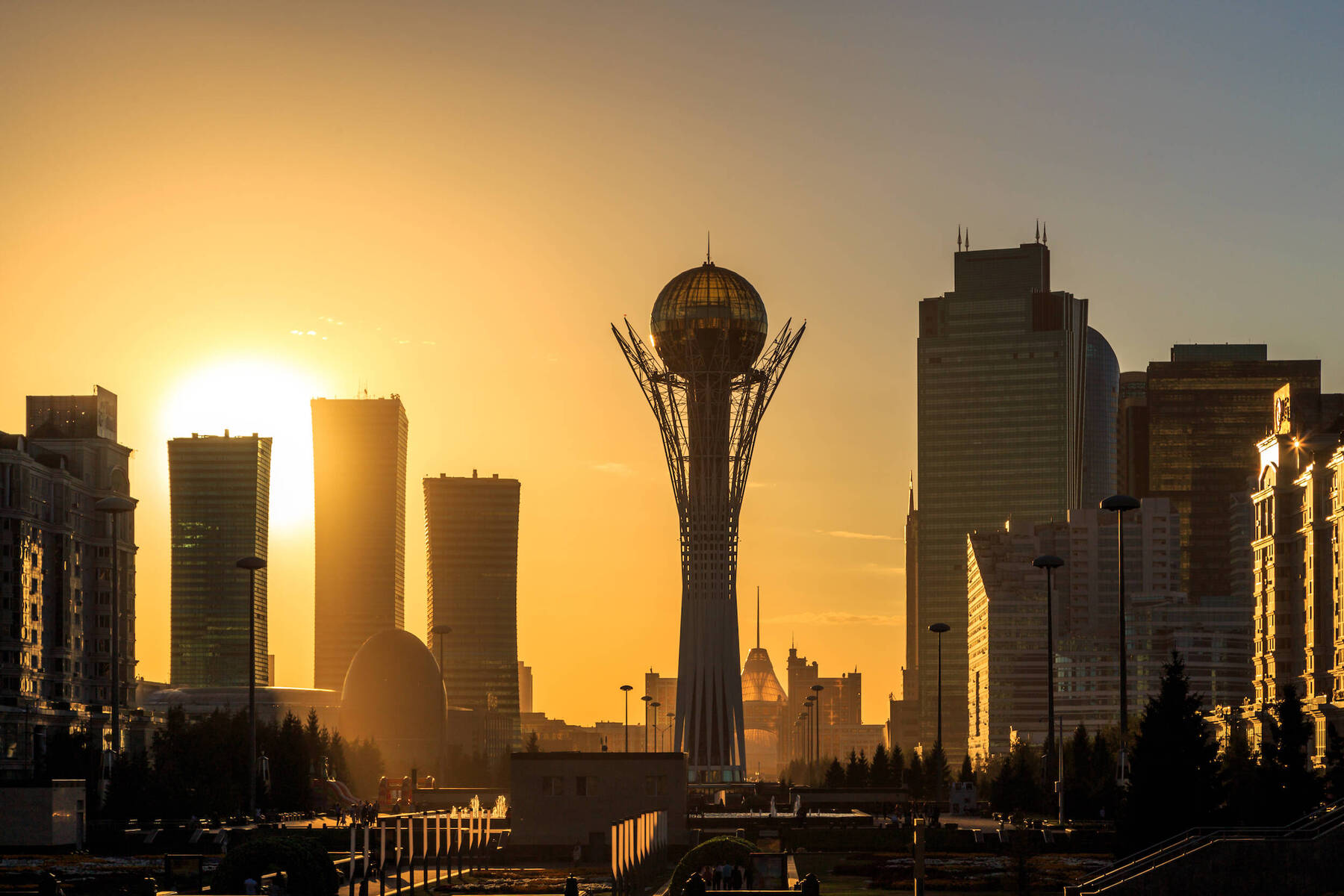
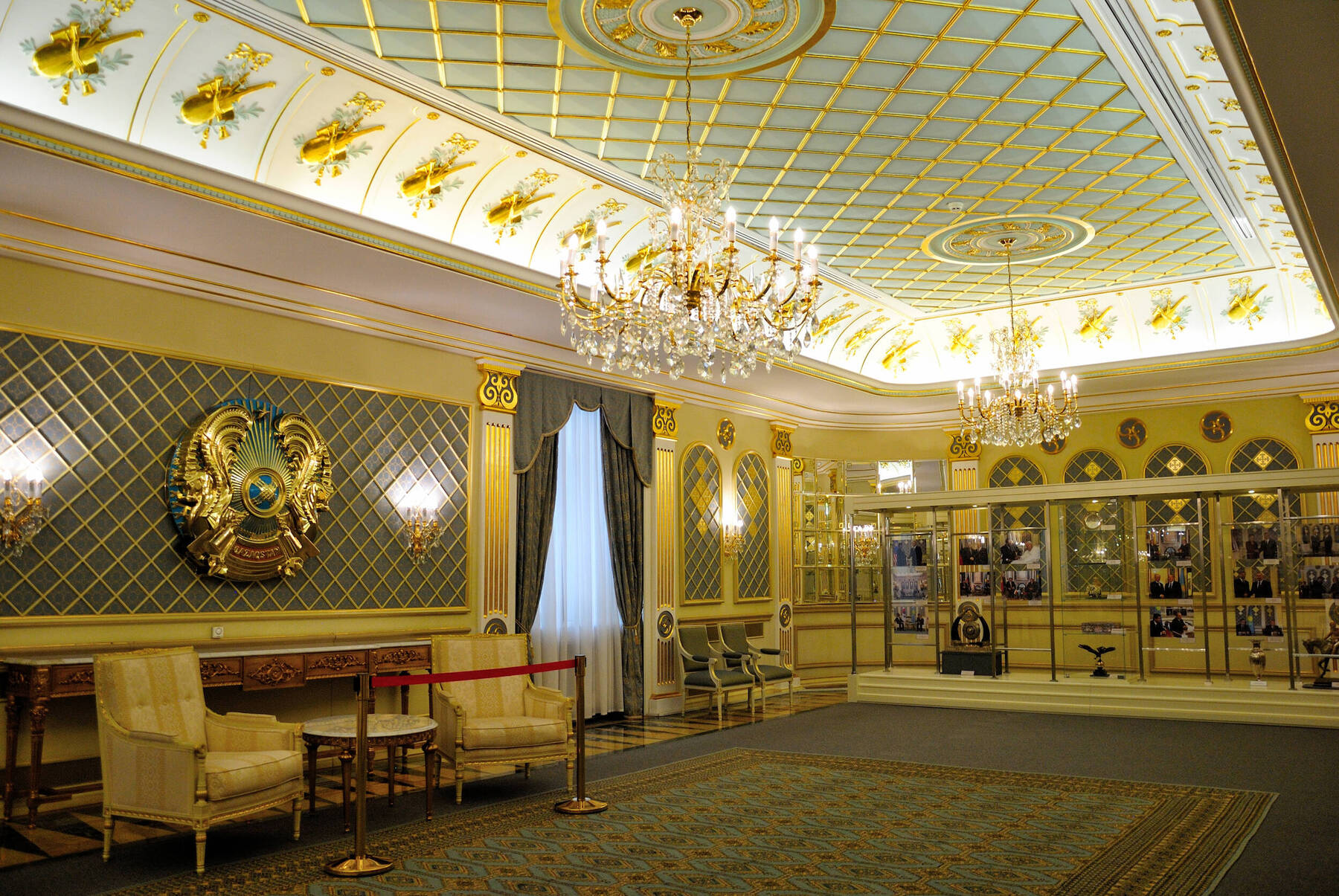
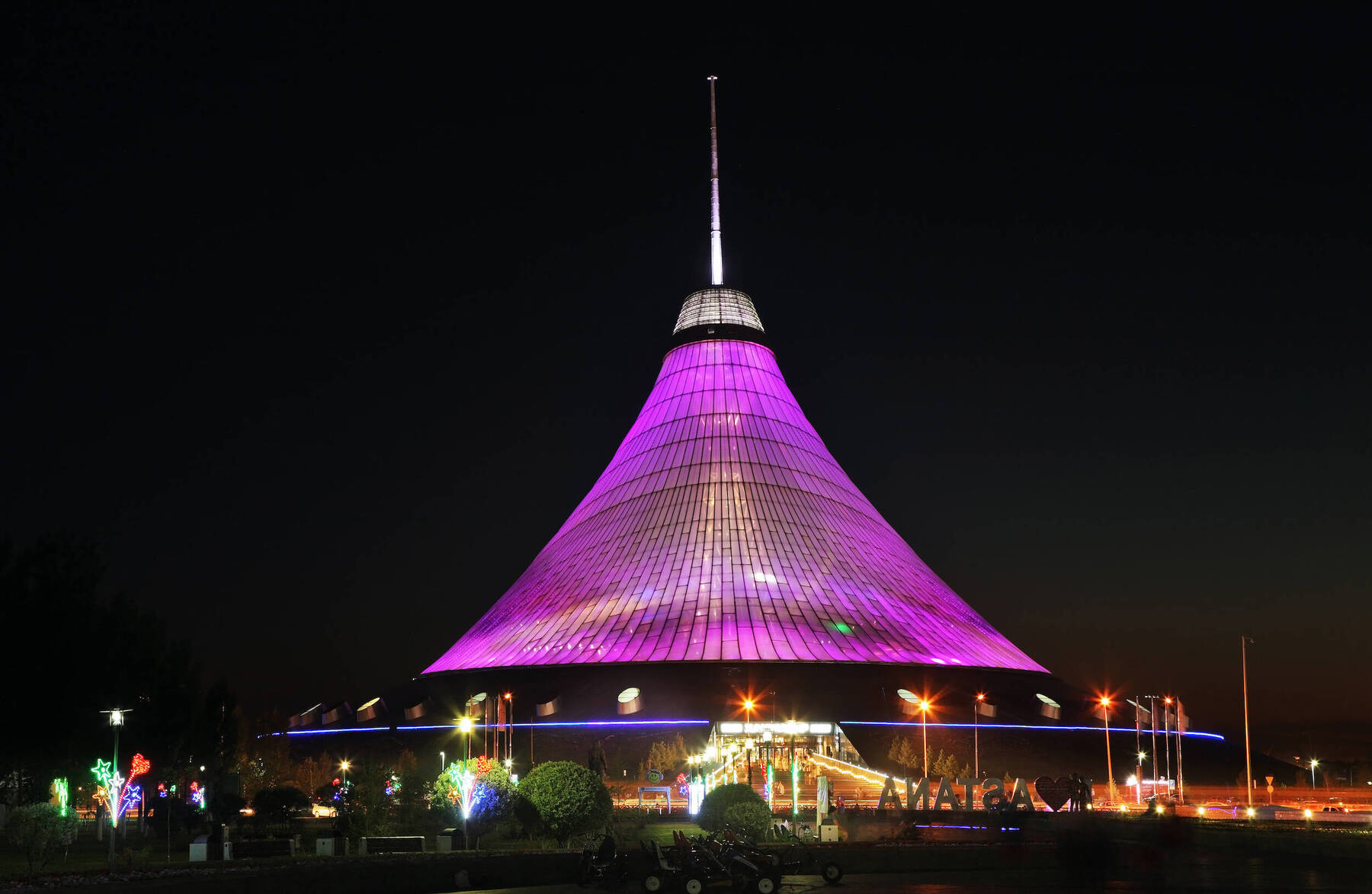
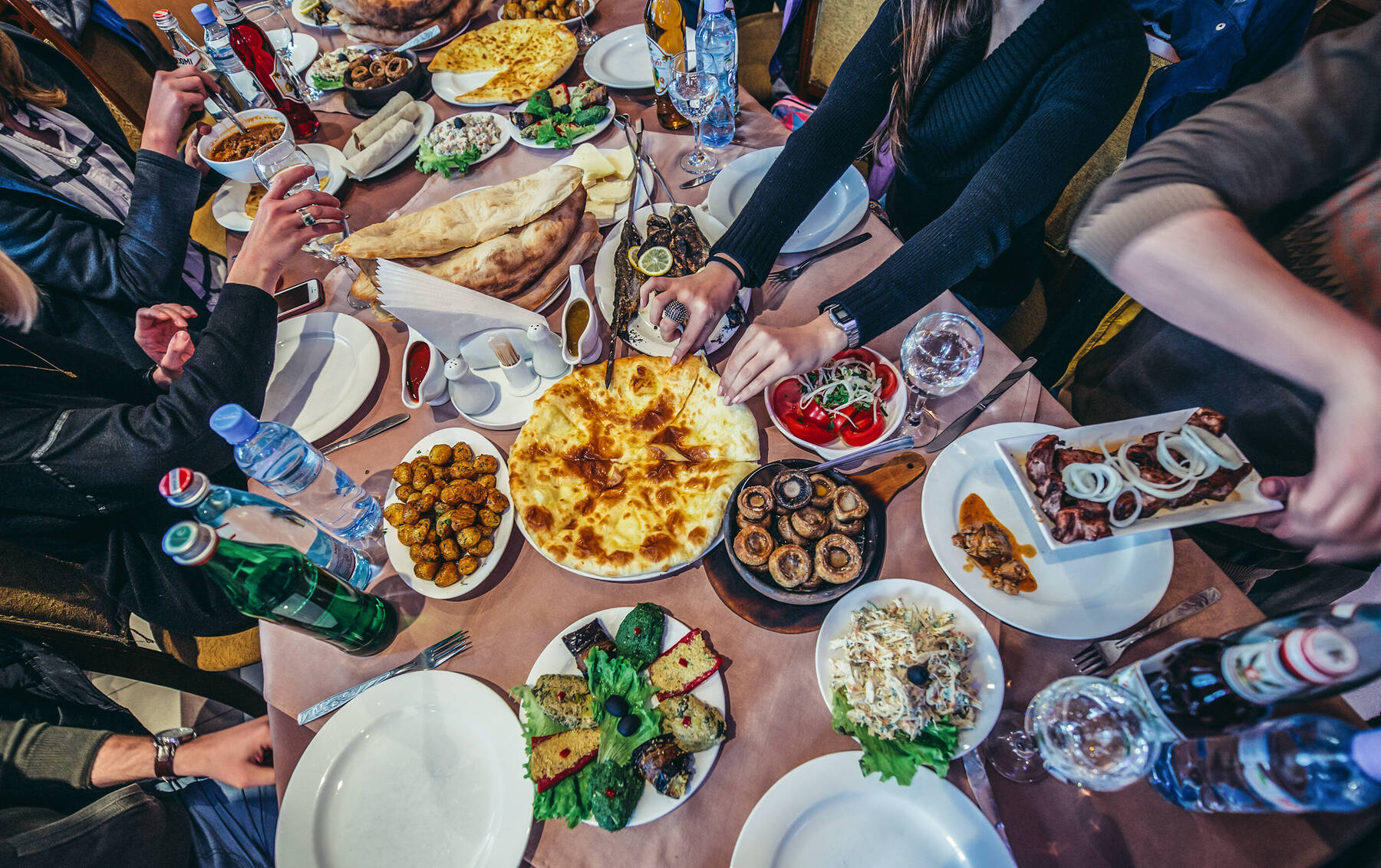
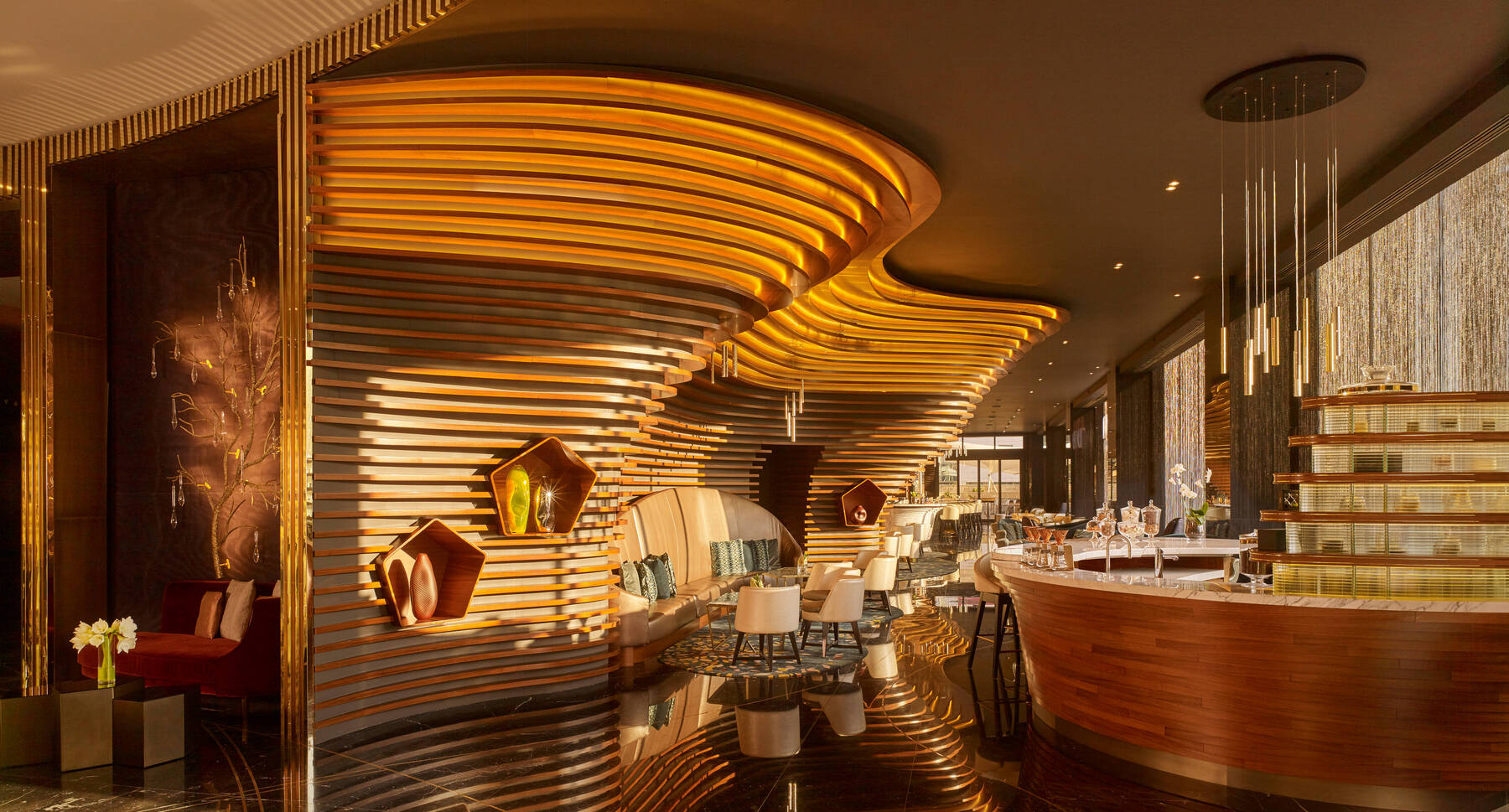
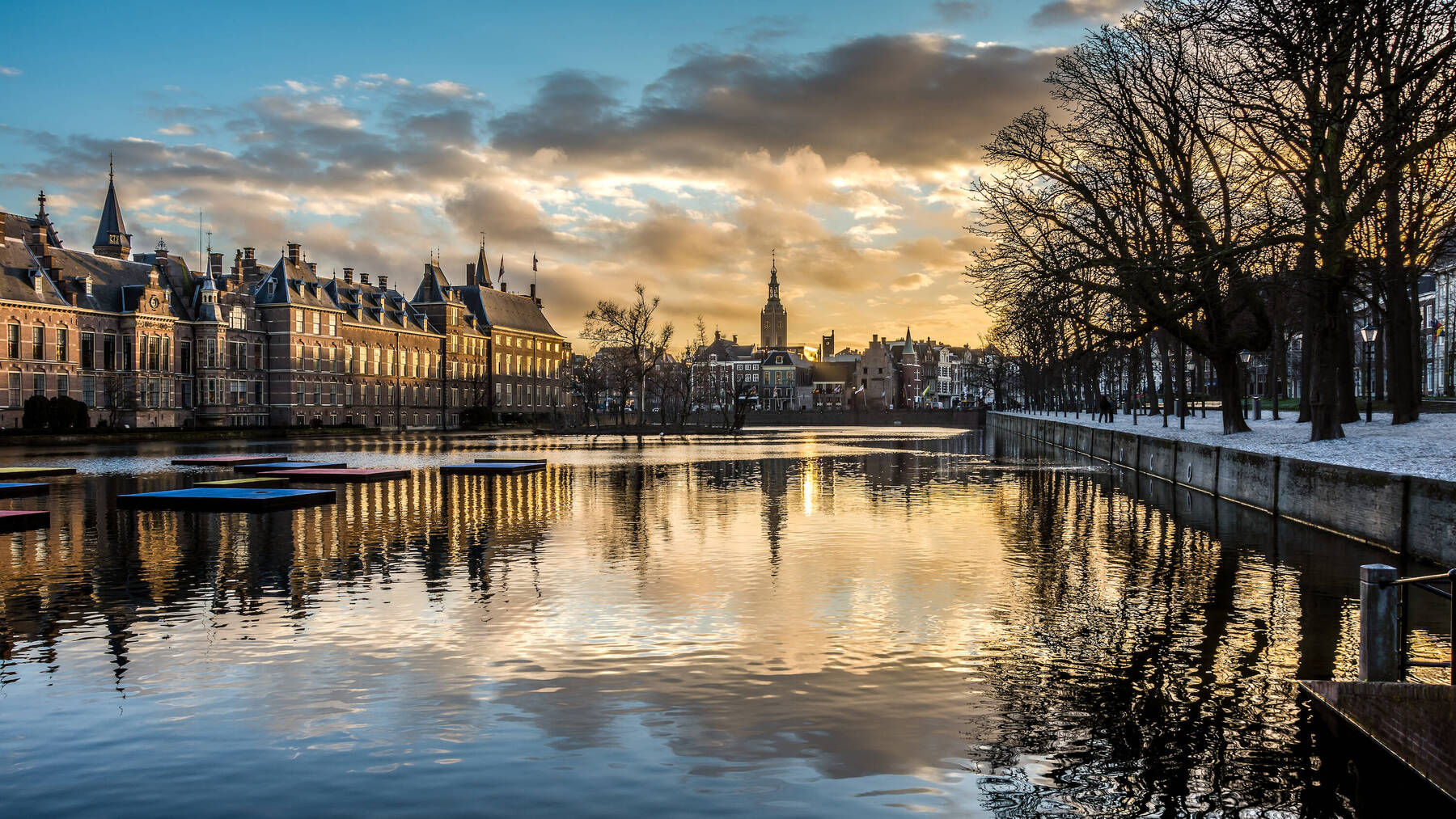
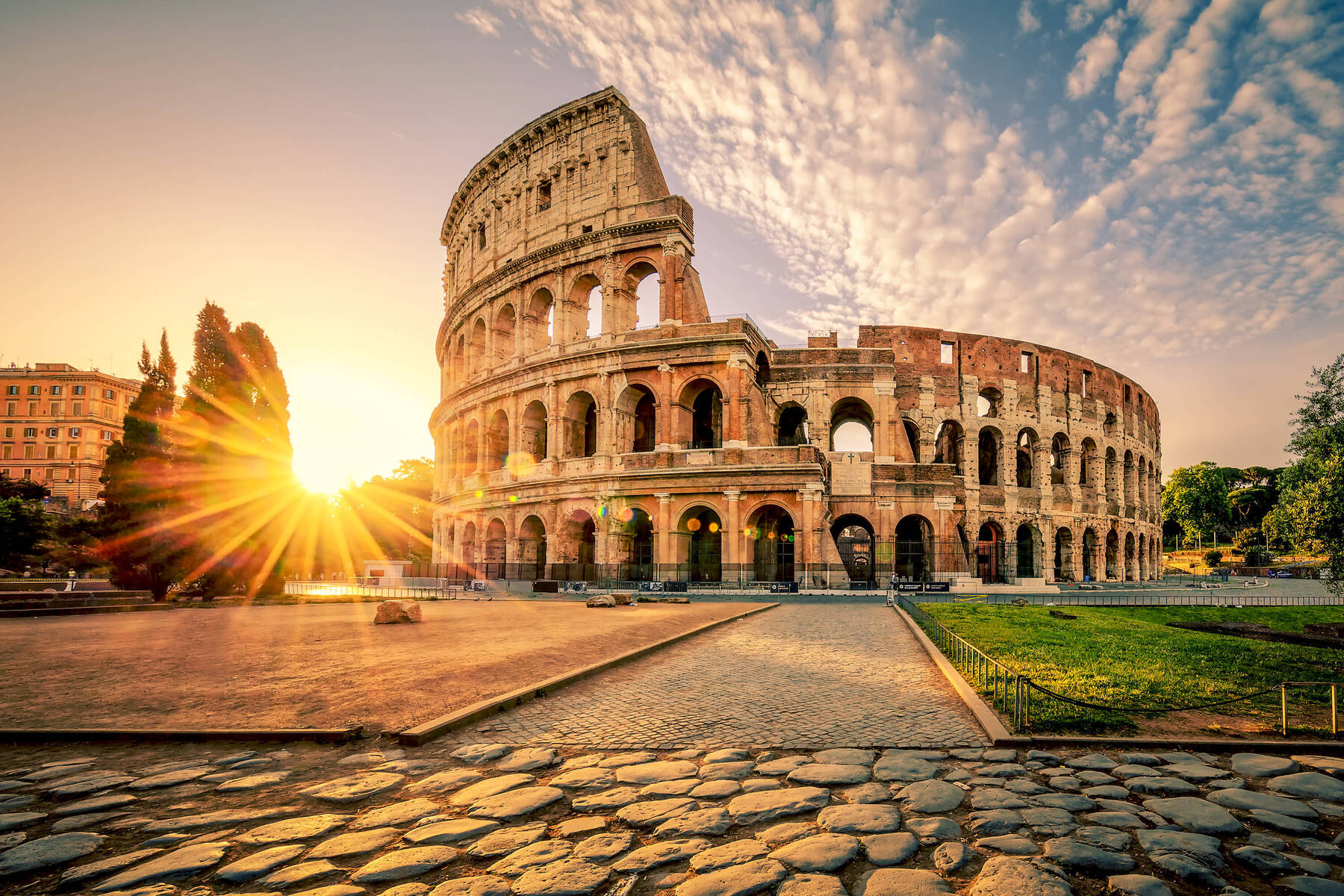
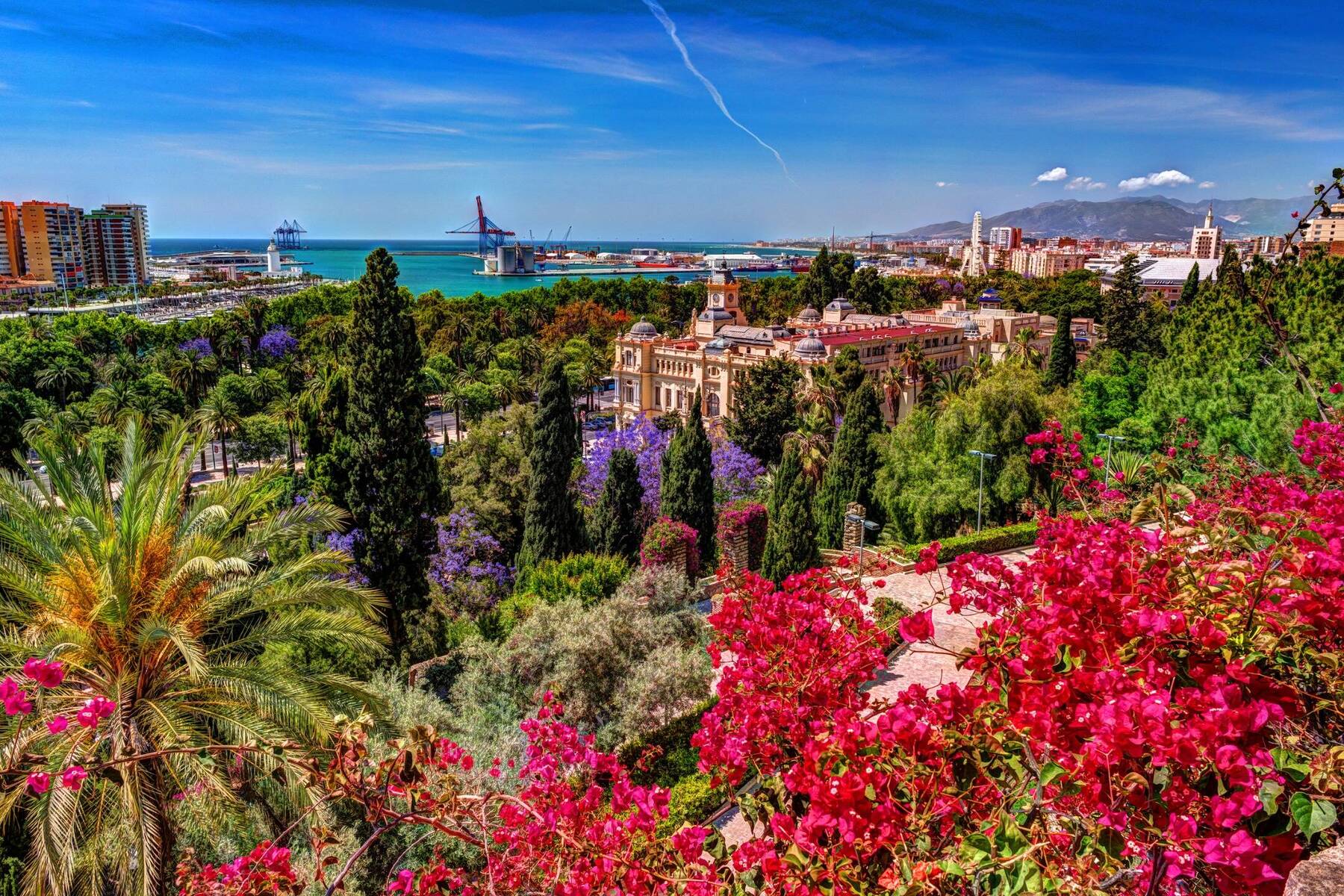




Comments